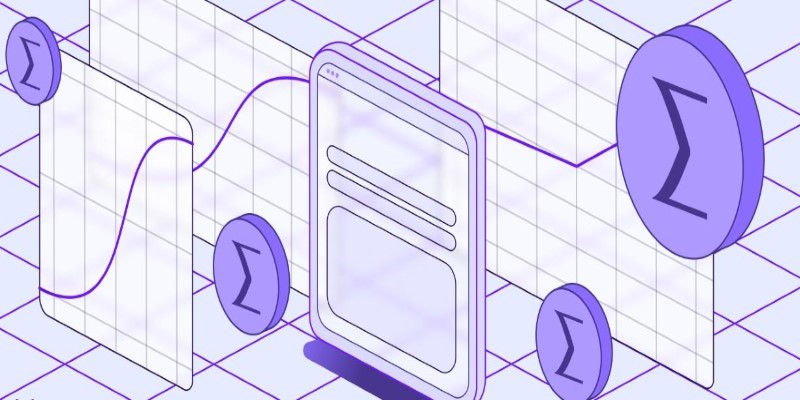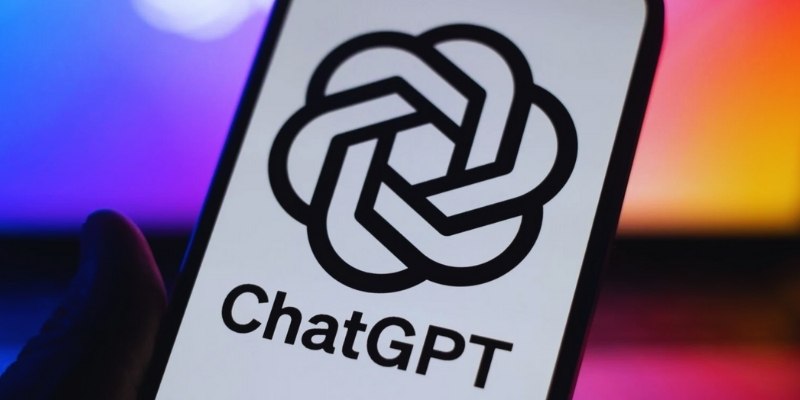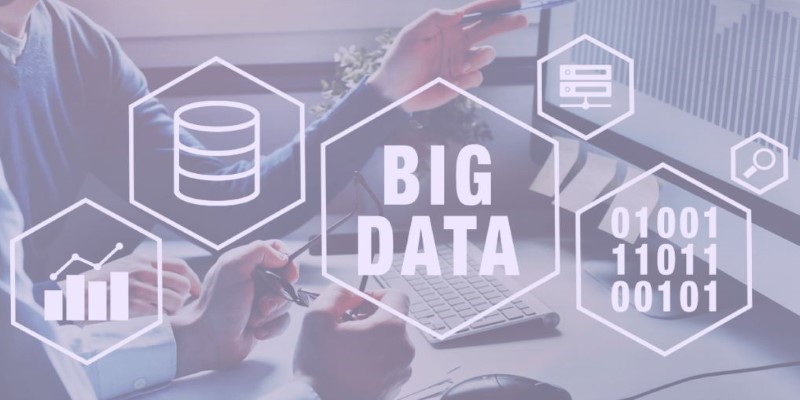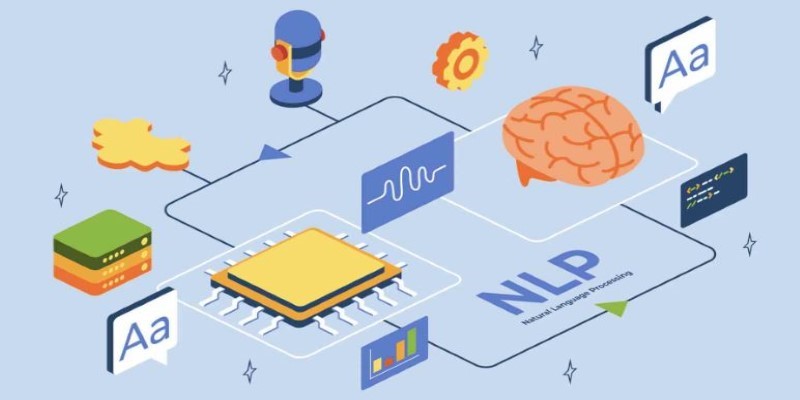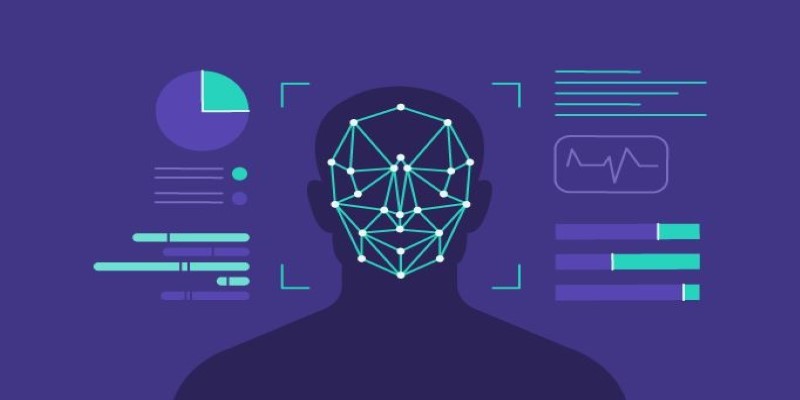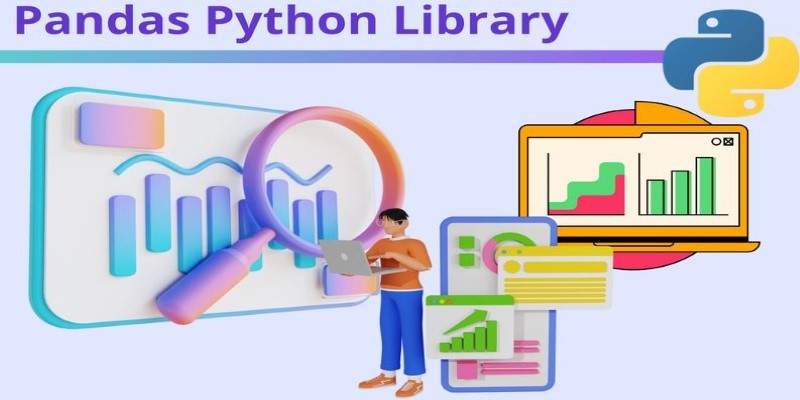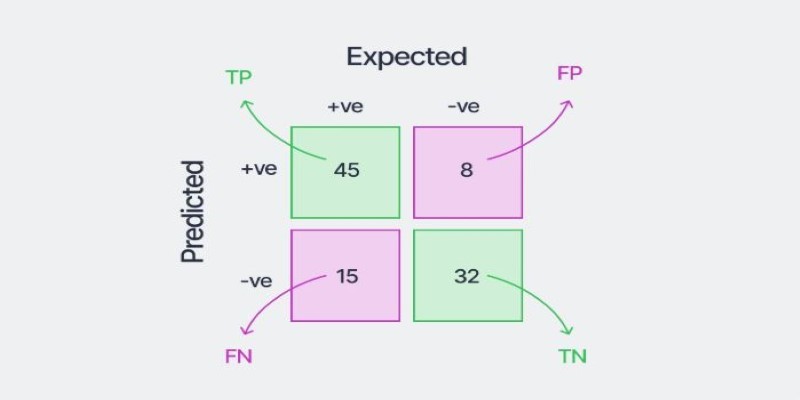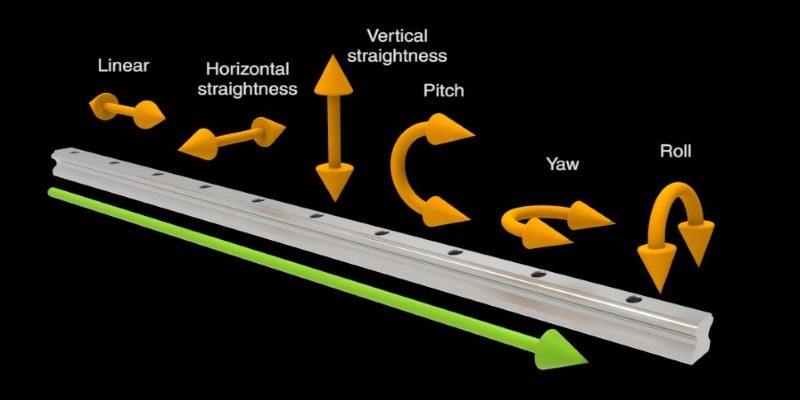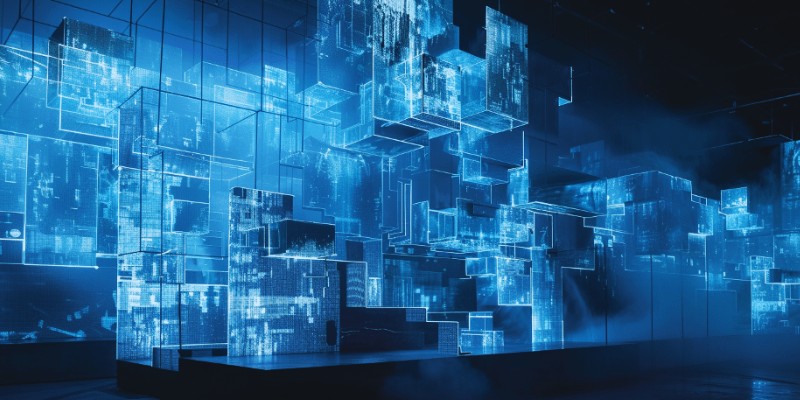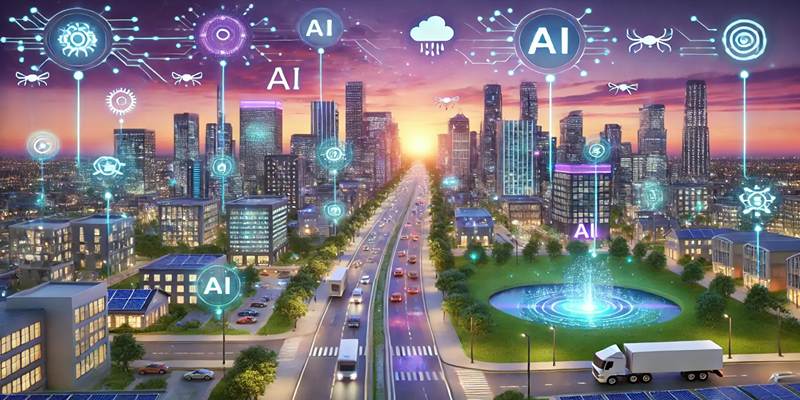Keras has transformed the way we approach deep learning, making it accessible without the usual headaches of complex coding. If you've ever wanted to build AI models without drowning in technical details, Keras is the tool that keeps things simple. Created to help researchers prototype faster, it has evolved into a go-to framework for both beginners and experts.
Now complete with TensorFlow, Keras makes it easy for you to train complex neural networks in a handful of lines. From image classification to natural language processing to forecasting time series data, Keras brings deep learning to life and makes it surprisingly easy.
Why Keras Stands Out in Deep Learning?
Keras is an open-source software library that streamlines the development of neural networks. It serves as a wrapper for the popular deep learning framework TensorFlow. TensorFlow is robust and highly customizable but can be tricky to experiment with and build models. Keras streamlines this process. Keras's beauty is in its simple and expressive syntax, making it easy enough for beginners but powerful enough for advanced practitioners to create sophisticated models.
Keras was first developed by Google engineer François Chollet in 2015. Its intention was straightforward: to provide a convenient and adaptable tool that could let developers and researchers spend more time designing and training models rather than fighting low-level calculations. Over time, Keras has become a backbone of the machine learning environment, particularly for applications such as image recognition, NLP, and time-series prediction. Keras officially became a part of TensorFlow in 2017, making it one of the most commonly used libraries for AI development.
In 2025, Keras will remain a compelling tool for deep learning and machine learning tasks. Whether applied to research, prototypes, or production systems, Keras continues to make development efficient and scalable. Let's explore the properties that make Keras a high-value resource for the AI crowd.
Key Features of Keras
Keras is built to streamline deep learning development. Its primary strength lies in its ease of use while maintaining flexibility and performance. Below are some of the features that make it a powerful choice for AI projects.
High-Level API
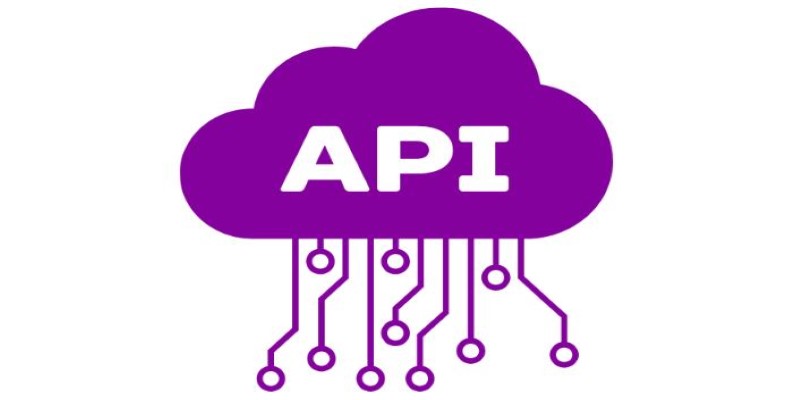
Keras provides a high-level, intuitive API that makes defining and training neural networks straightforward. Unlike low-level frameworks that require extensive coding, Keras enables users to build complex models with minimal effort. Its simplicity allows even beginners to start experimenting with deep learning right away.
Modular and Flexible
Keras follows a modular approach, where different layers and components can be easily combined. This modularity makes it easy to experiment with different architectures, helping developers fine-tune models efficiently. Whether you need a simple feedforward network or an advanced, recurrent model, Keras offers the flexibility to customize structures as needed.
Multiple Backend Support
While Keras is primarily used with TensorFlow, it supports multiple backends, such as Microsoft Cognitive Toolkit (CNTK) and PlaidML. This means users can switch between computational engines based on their hardware and performance needs. Since TensorFlow serves as the default backend, users get access to its powerful optimizations, such as GPU acceleration.
Pre-Trained Models
Keras offers access to a collection of pre-trained models, such as VGG16, ResNet, and MobileNet. These models are particularly useful for tasks like image classification and transfer learning. Instead of training from scratch, developers can fine-tune these models on custom datasets, reducing the time and computational power needed to build high-performing AI applications.
Seamless TensorFlow Integration
With its deep integration into TensorFlow, Keras benefits from TensorFlow’s advanced capabilities while maintaining ease of use. TensorFlow provides scalability, distributed training, and high-performance computation, making Keras an ideal choice for AI projects ranging from research to production.
Real-World Applications of Keras
Keras is widely used across industries, enabling AI advancements in various domains. Its adaptability makes it a valuable tool for machine learning professionals working on different types of data.
Image Recognition
Keras is extensively used in image recognition tasks, including facial recognition, medical imaging, and object detection. Convolutional neural networks (CNNs) built with Keras are highly effective in analyzing and classifying images, helping in applications such as autonomous vehicles and healthcare diagnostics.
Natural Language Processing
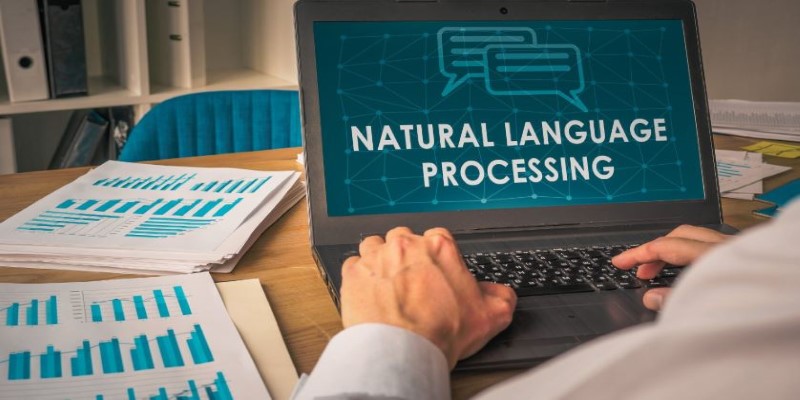
In NLP, Keras plays a crucial role in building models for sentiment analysis, chatbots, and language translation. It supports word embeddings and recurrent neural networks (RNNs), which are essential for understanding and generating human language. With advancements in AI, Keras continues to be a leading framework for NLP research and applications.
Time-Series Forecasting
Keras is commonly used for forecasting tasks, such as predicting stock prices, sales trends, and weather patterns. Recurrent models like LSTMs and GRUs are particularly effective in handling sequential data. Keras's flexibility allows businesses to develop predictive models tailored to their specific needs.
The Future of Keras in 2025
As we move further into 2025, Keras continues to evolve, and its role in machine learning and AI development is growing. With constant updates to TensorFlow and Keras, developers can expect even more features, improvements, and optimizations in the years to come. Due to its ease of use, modularity, and integration with TensorFlow, Keras will likely continue to dominate as the go-to library for building deep learning models.
In the future, we can also expect Keras to be more accessible to non-experts. With the increasing use of AI across industries and sectors, Keras will help make deep learning more approachable for developers without specialized AI knowledge. Its user-friendly design will ensure that everyone, from researchers to business professionals, can tap into the power of deep learning.
Conclusion
Keras has revolutionized the way developers approach deep learning, providing an intuitive and efficient framework for AI projects. Its high-level API, modular design, and deep integration with TensorFlow make it an indispensable tool for professionals in 2025. Whether used in research, industry, or education, Keras simplifies the development process while ensuring high performance. As AI continues to shape the future, Keras will remain a powerful ally in the world of machine learning.
